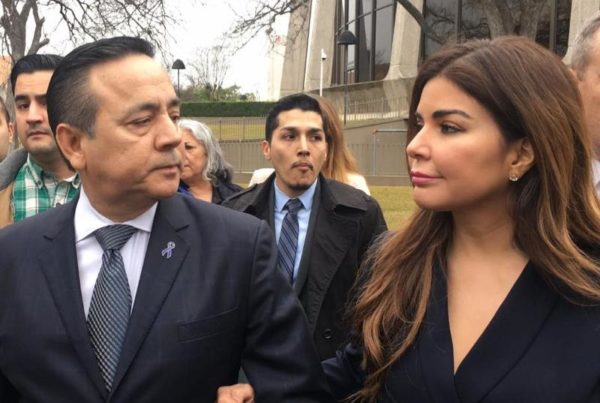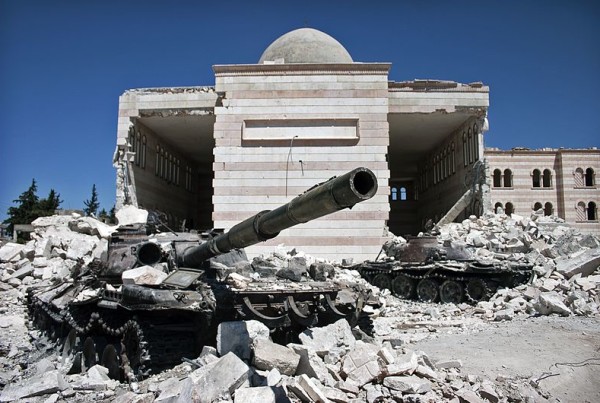This story originally appeared on Heart of Texas Public Radio.
Just past Highway 6, off of South 3rd street there’s a small gravel road that quickly turns to dirt: a barbed-wire fence lines its path, and eventually gives way to a row of trees – these are the telltale signs of rural Texas.
As we approach an opening, retiree Sharon McNary asks, “Now, can you imagine a grave here?”
Along with her friend Rita Hogan, she’s documented some 120 cemeteries in McLennan County, from larger, multi-acre cemeteries down to single-grave ones in cow pastures. In total, they estimate there are roughly 200 cemeteries in the county. The one we’re in today – New Zion – is a collection of various family lots and some single graves, dating back to the late 1800s. The two are here to record and photograph gravestones. They’ll add this information to findagrave.com, a website dedicated to creating a virtual resource for anyone looking to find the final resting place of family members or friends.
For McNary, her interest in doing all of this started when she began maintaining her family’s records, adding photos and obituaries for them to find a grave dot com. She then began adding photographs and obituaries for every other person buried at that cemetery.
“It’s just an untangling of secrets and looking and digging and researching,” McNary said, likening the work they do to detective work.
Hogan’s interest in this project came from her work with the McLennan County Cemetery Interest Group. Each week, the two head out for about 4 hours, searching for and tracking down cemeteries.
“When we go out trying to just find the location and the physical address, we don’t always go in there and find every grave,” McNary said. “It’s a searching for the cemetery. Then we’re planning on going back in the future and photograph.”
On subsequent visits – like todays to New Zion – they’ll start documenting each grave.
Hogan points to each grave she sees, telling me how a collection of graves surrounded by a fence or border usually indicates a family lot. But not all graves are easy to spot.
If there’s no visible marker – like a gravestone – Hogan says you can also spot areas where the ground sinks or look for vegetation that wouldn’t normally grow in the wild.
When they find a gravestone, they’ll first take a picture, then try to clean it up a bit, using a brush and sometimes they’ll rub chalk or flour over the engraving. This helps them read the name.
Collectively, the duo has added information on nearly 20,000 people to find a grave, contributing more than 26,000 photos to the website. But it hasn’t been easy. Hogan says early on there wasn’t much attention given to record keeping.
“They really didn’t start keeping records of deaths until about 1908 and they really didn’t get serious about it until 1920,” Hogan says. “So before 1920 it’s very hit or miss if there’s going to be a death certificate to look at. Some parts of the county were good at it and some were non-existent.”
Normally, Texas death certificates will have a place of burial printed on them. But if it’s not there, Hogan and McNary will research. In fact that’s what most of their week consists of – hours and days spent at the library looking through records. The two do this because yes, it helps them actively spend their retirement, but it’s also important to them. Hogan explains.
“Well I think every grave represents a history of that person, of that family, and their community that they grew up in. And there are so many little communities that don’t exist anymore that those people were apart of.”
To find out more information on Sharon McNary’s and Rita Hogan’s efforts in documenting cemeteries in McLennan County you can reach them at sjmcn@msn.com















